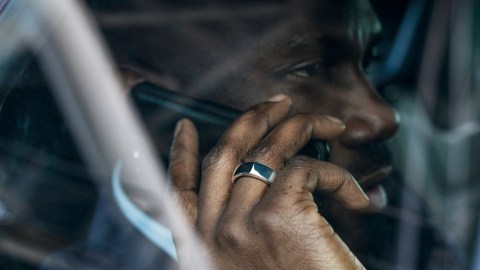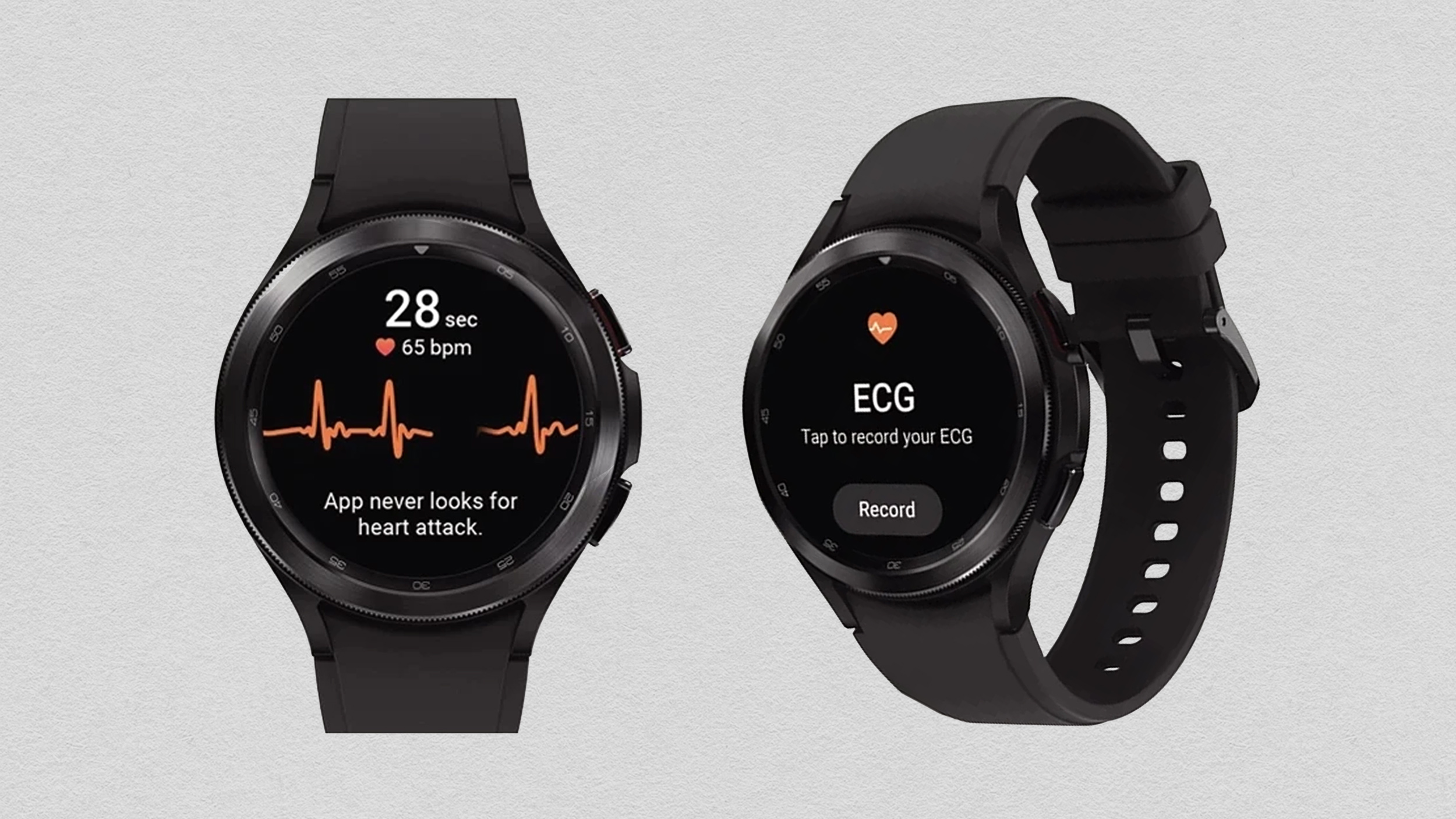Attempting to track COVID-19 with smart rings for responders

Oura
There’s so much information out there about the symptoms that accompany the onset of COVID-19 that it’s easy to forget how little is actually known about the disease’s trajectory from novel coronavirus infection to COVID-19 disease. With individual responses to infection varying as widely as they do, who knows what to think. Clearly, the medical community would like to have a better grasp of what happens once an individual becomes infected.
A new project to do just that has just been announced in San Francisco. Over 2,000 emergency medical workers will soon begin wearing smart rings from a company called Oura that track their heart rate, respiratory rate, and temperature. They will also fill out daily surveys. Together, the managers of the project hope to get a clearer picture of a patient’s early days of COVID-19, develop diagnostic software, and keep a closer watch on the medical personnel bravely working on the front lines of the pandemic.

Image source: University of California at San Francisco Medical Center/ŌURA
TemPredict
The TemPredict study is a project of University of California at San Francisco Medical Center (UCSF) and Oura, in collaboration with Zuckerberg San Francisco General Hospital (ZSFGH).
The purpose of this study is to collect information from a wearable sensor that may allow researchers to develop an algorithm that can predict onset of symptoms such as fever, cough, and fatigue, which can characterize COVID-19,” reads a statement on the UCSF SEA Lab website.

Image source: ŌURA
Data for TemPredict is sourced from a commercially available wearable, the Oura ring. The rings are typically marketed as activity monitors that help customers develop healthier sleeping habits. Nonetheless, they’re packed with technology that the TemPredict team hopes can help them track the advance of COVID-19.
Each titanium Oura ring is equipped with infrared LEDs, NTC temperature sensors, an accelerometer, and a gyroscope to capture measurements such as heart rate, temperature, respiration, and steps. The rings are also accompanied by a smartphone app that collects the data that Oura and UCSF need for this project.
While no one claims that the Oura ring can detect COVID-19 in and of itself, that could change if the TemPredict team is able to successfully develop their diagnostic algorithm from the collected data.
Getting into the project
TemPredict plans to equip emergency workers with an Oura ring if they don’t already own and wear one. (If you’re a UCSF or ZSFGH healthcare employee, there’s a brief online questionnaire that will tell you if you’re eligible to join the study.)
Participants in TemPredict are expected to download the Oura app and connect it to their rings, which they agree to wear every day for three months after completing a screening and baseline survey.
On each day of the project, participants will fill out a survey recording any symptoms they’ve acquired, including fever, cough, fatigue, and other symptoms. In addition, they’re expected to share the data their ring has collected — including temperature, heart rate, respiratory rate, sleep, and activity — with Oura, who will presumably forward it to the TemPredict data-crunchers. The company already collects data from some 150,000 of its rings worldwide and is also making that trove of data available to the TemPredict team.





